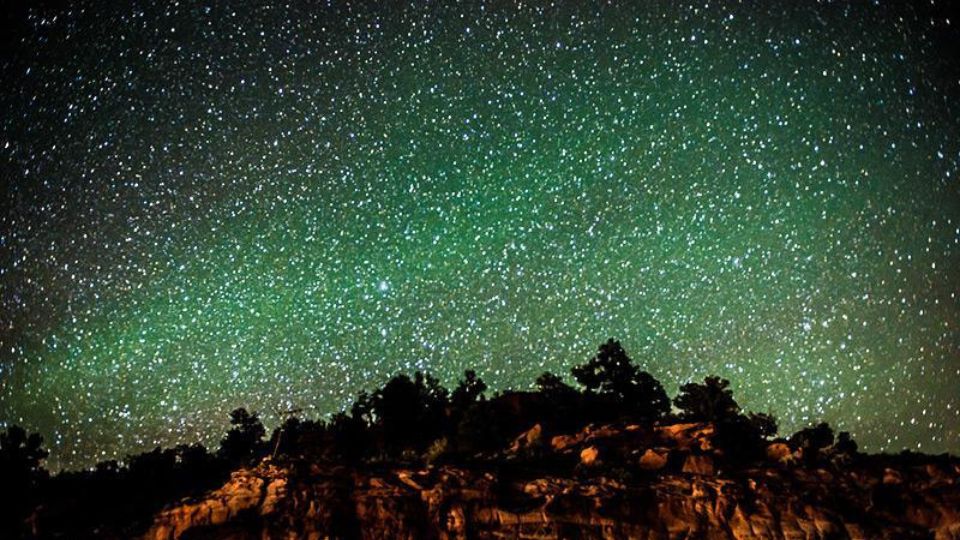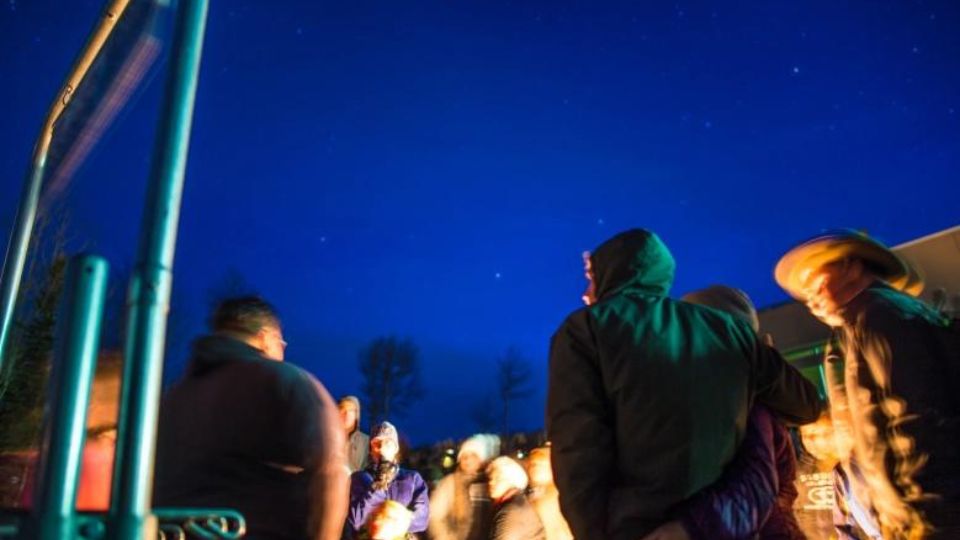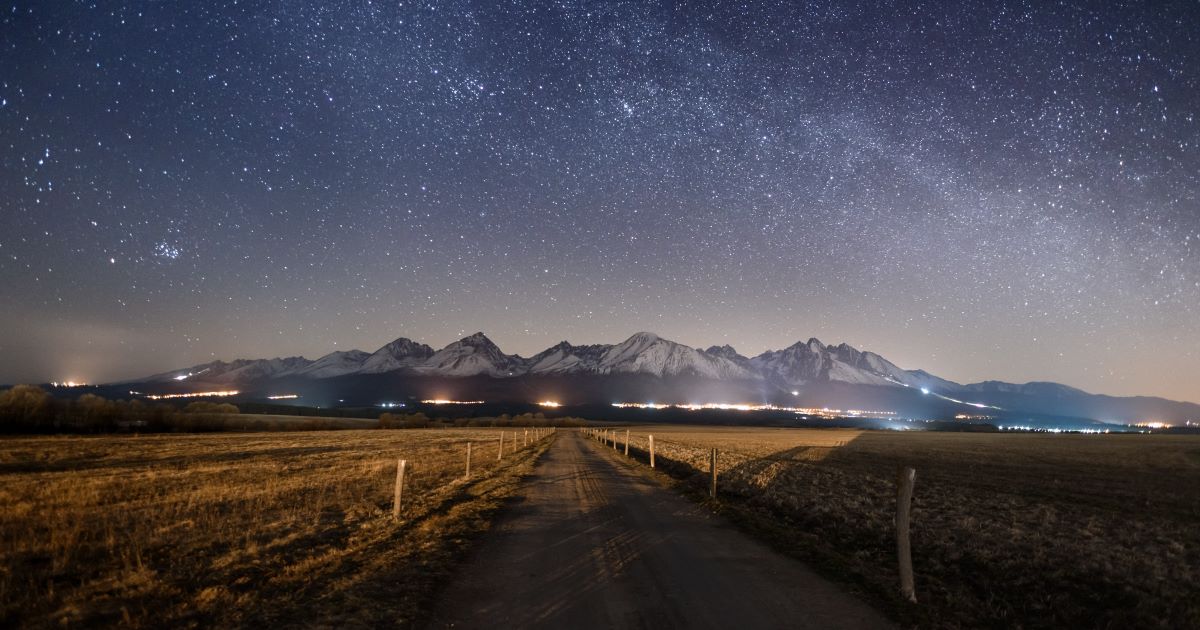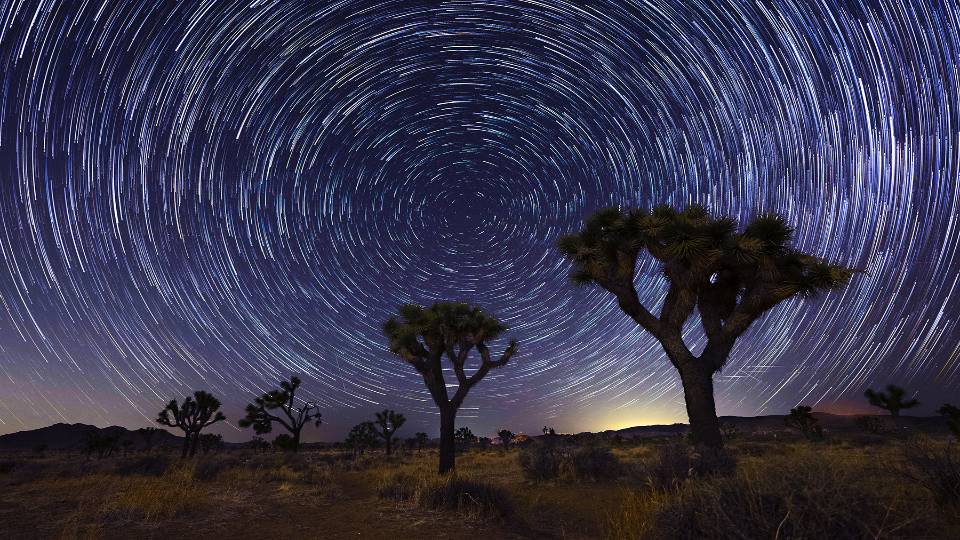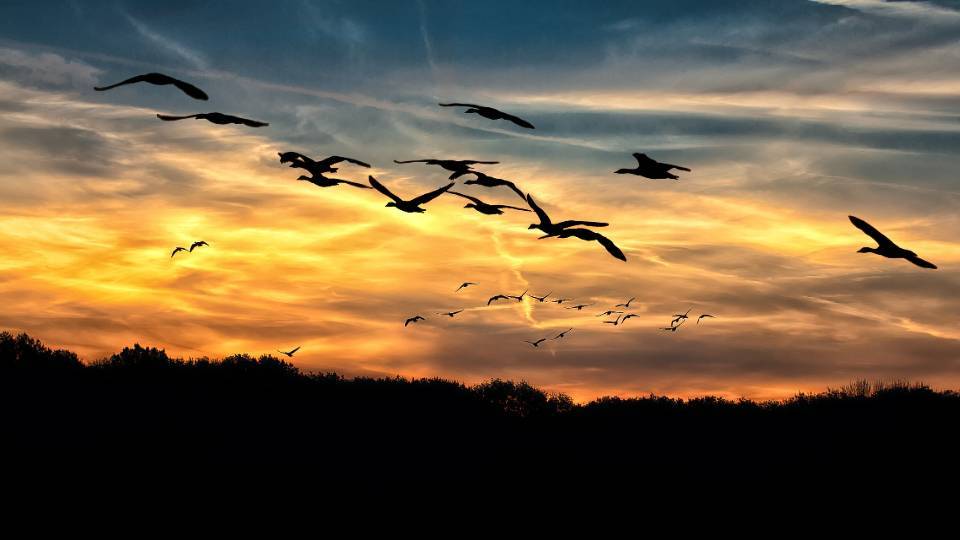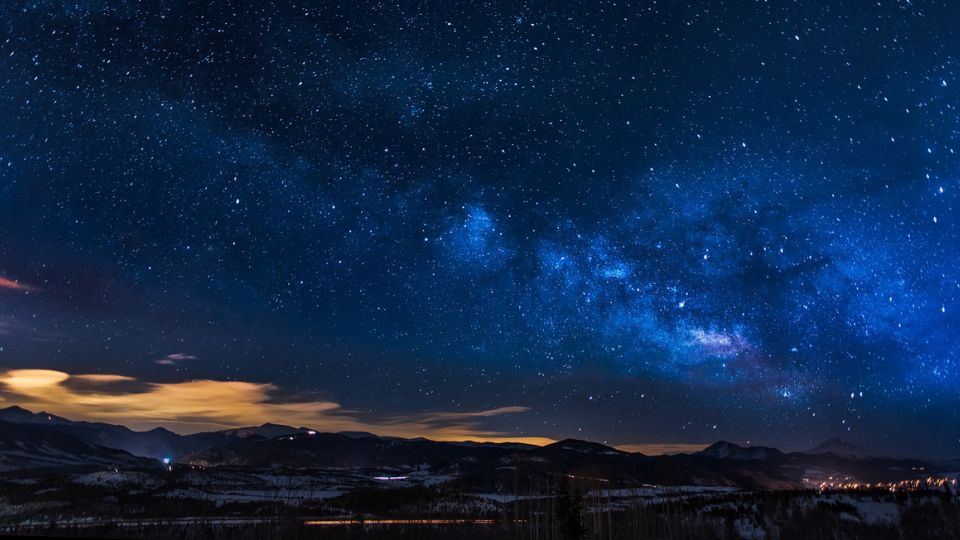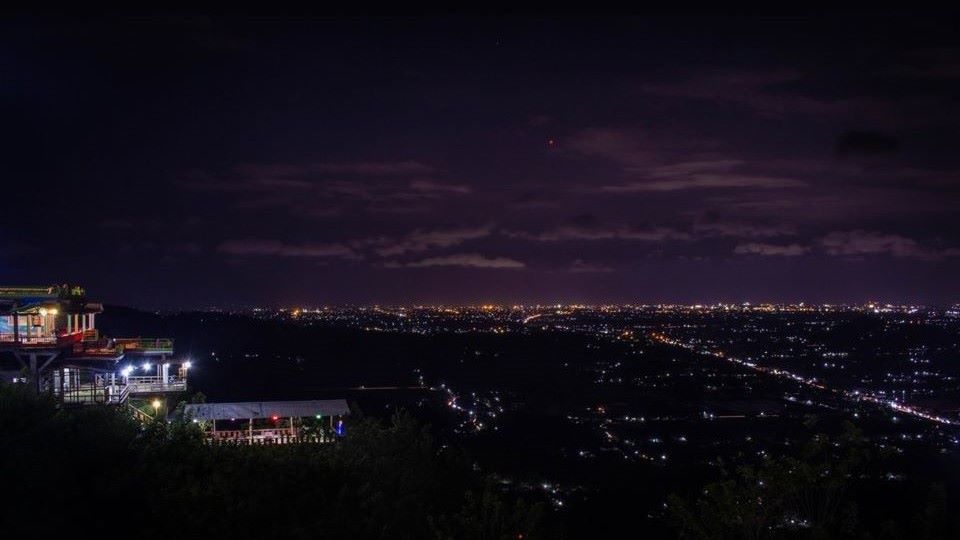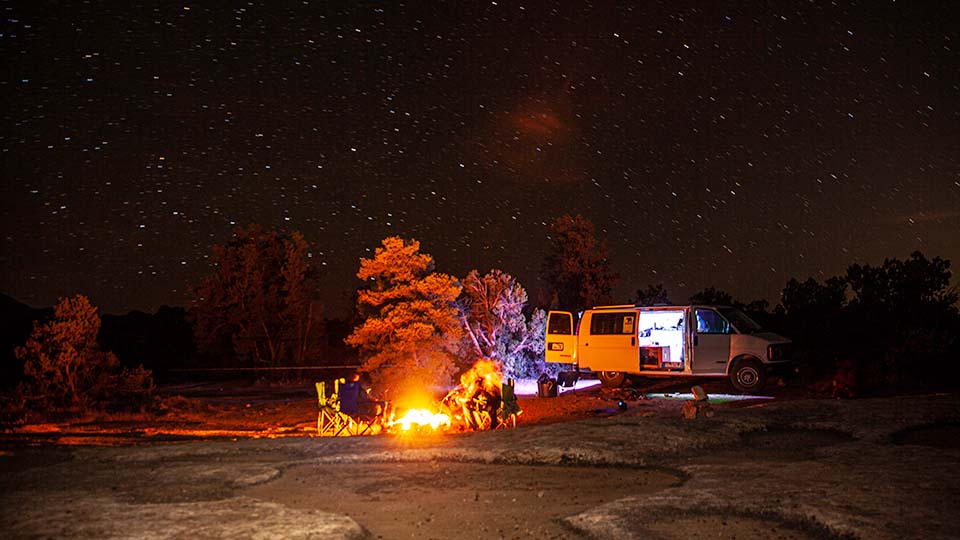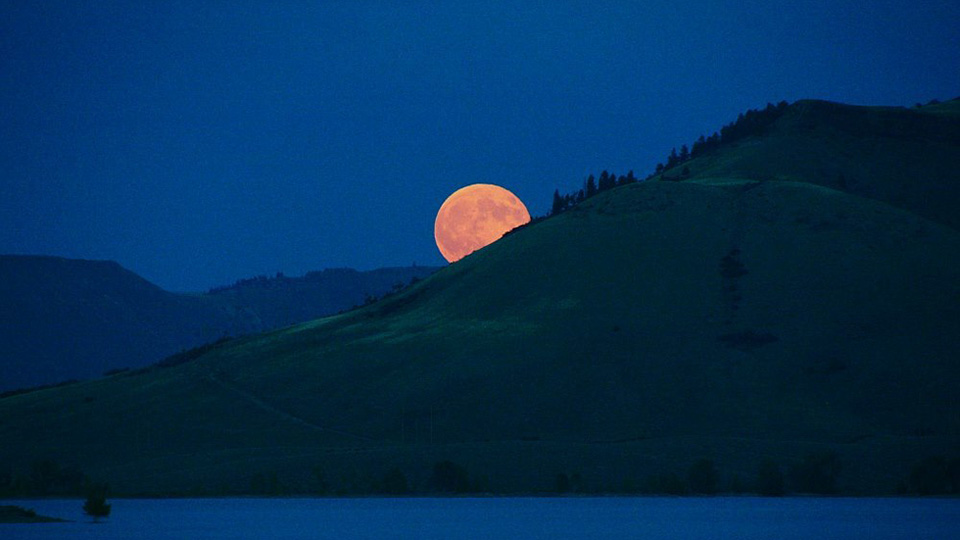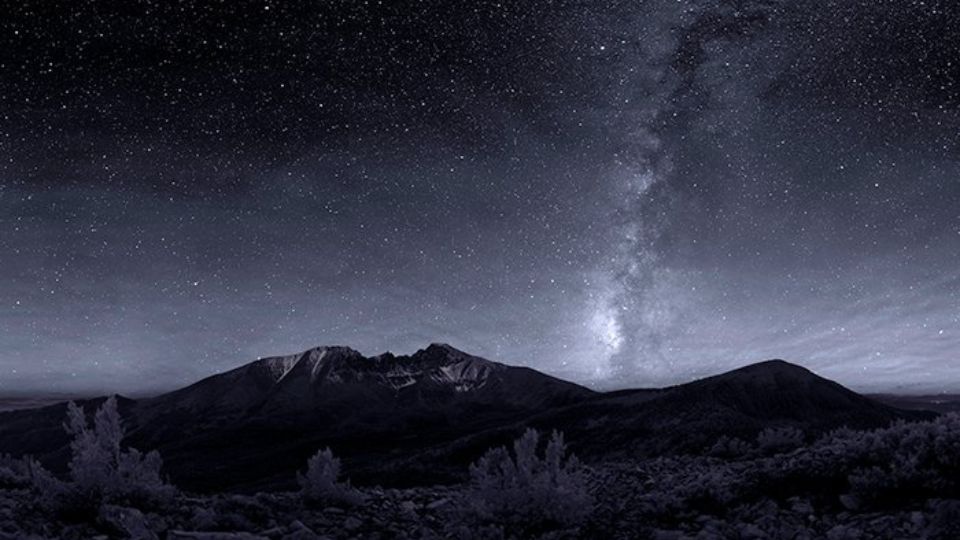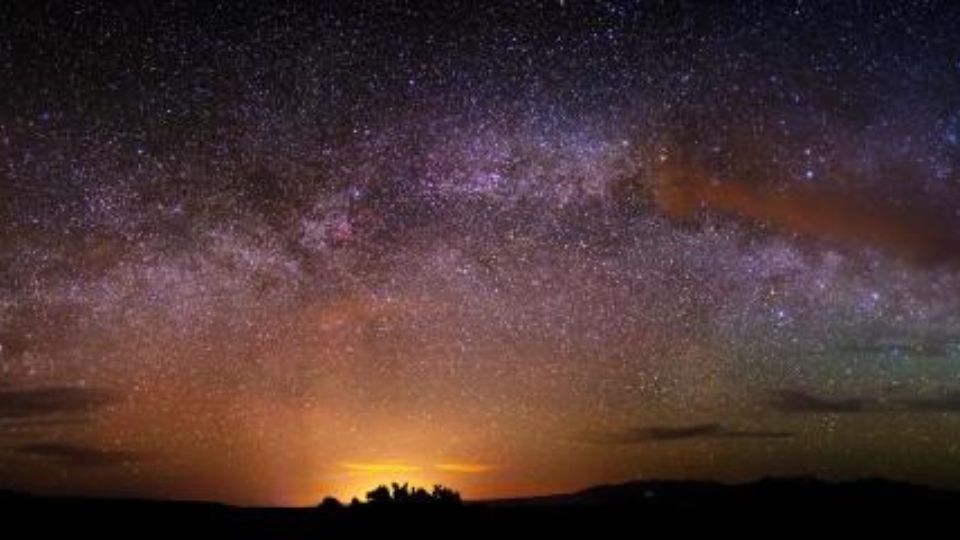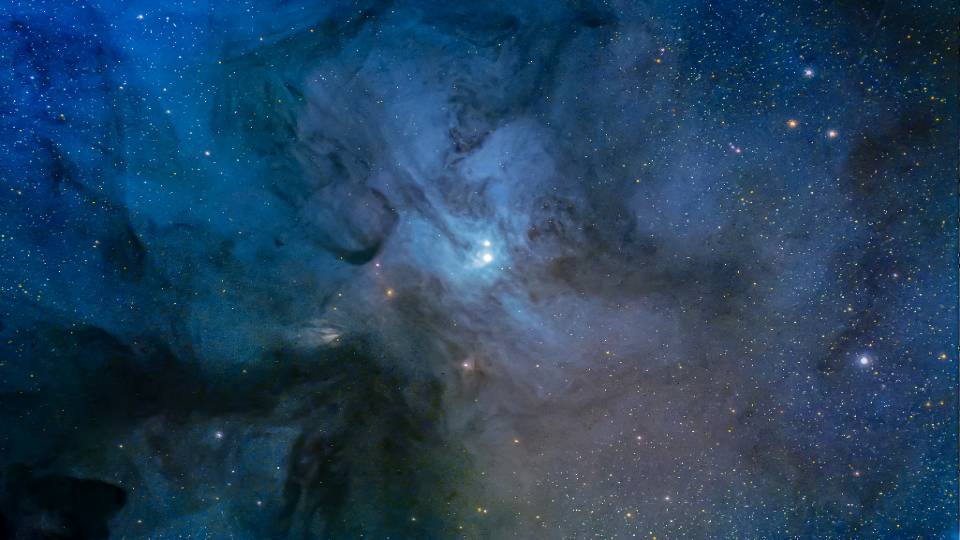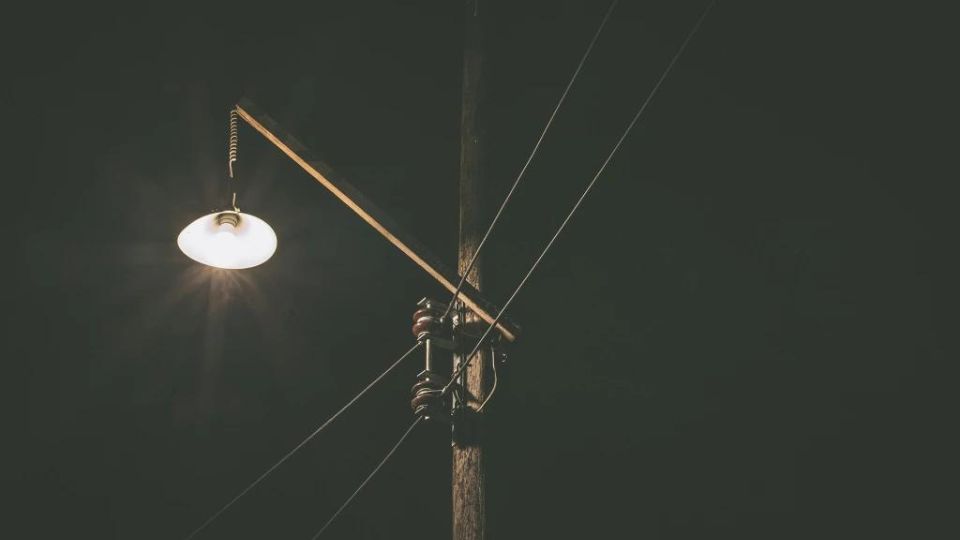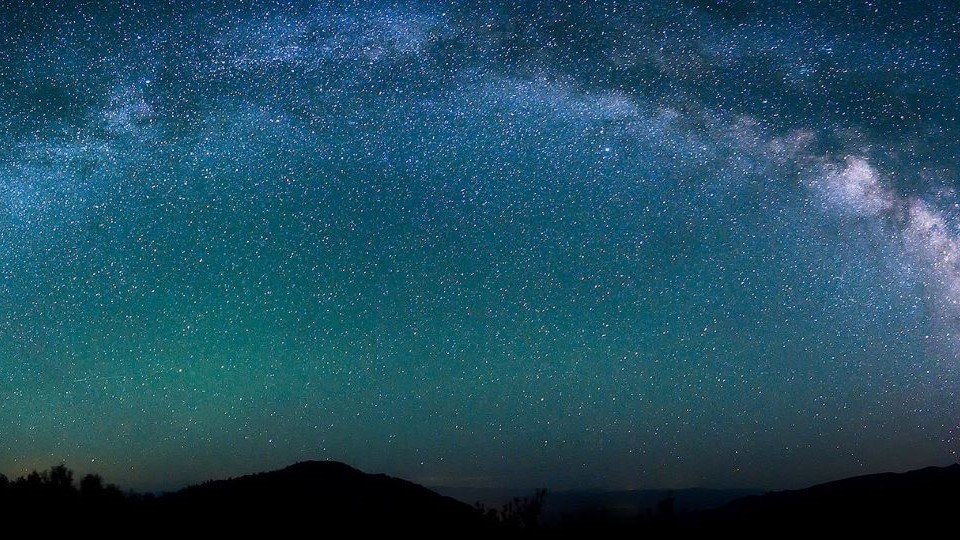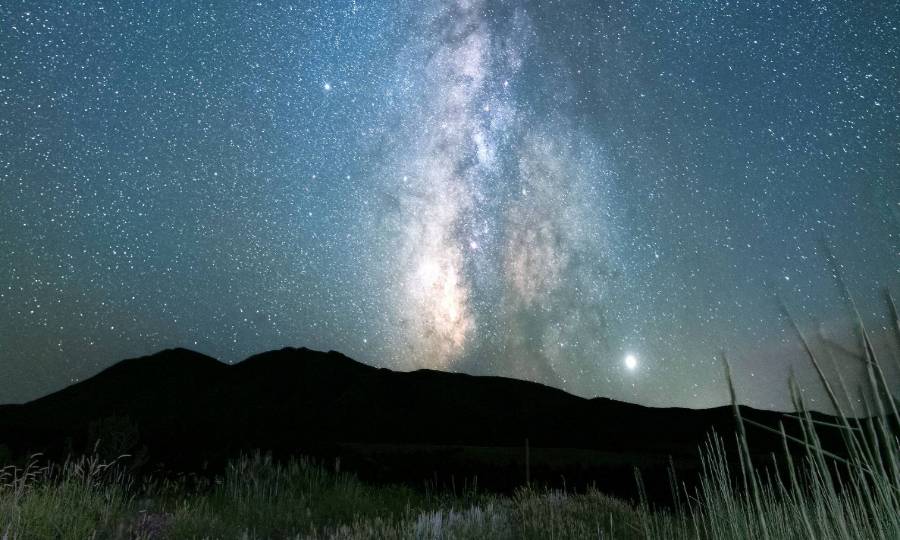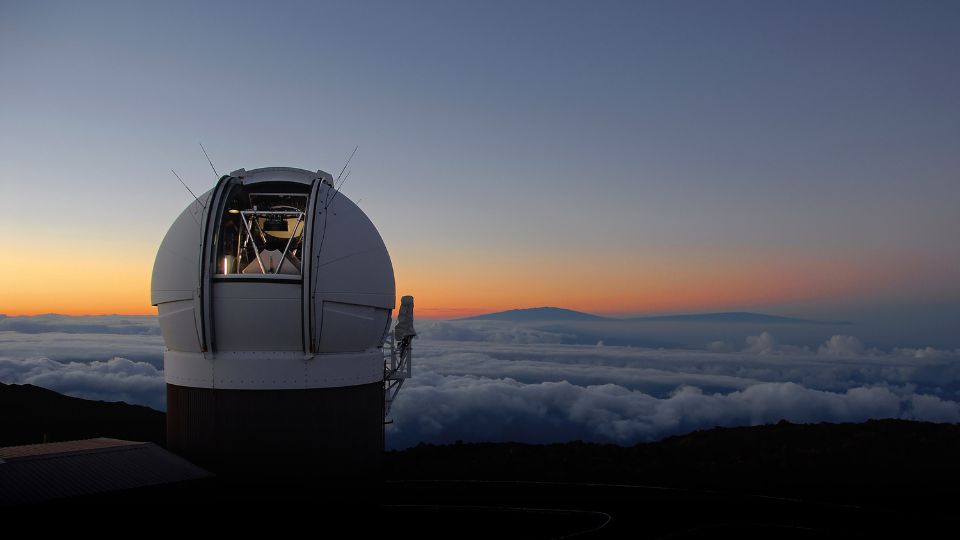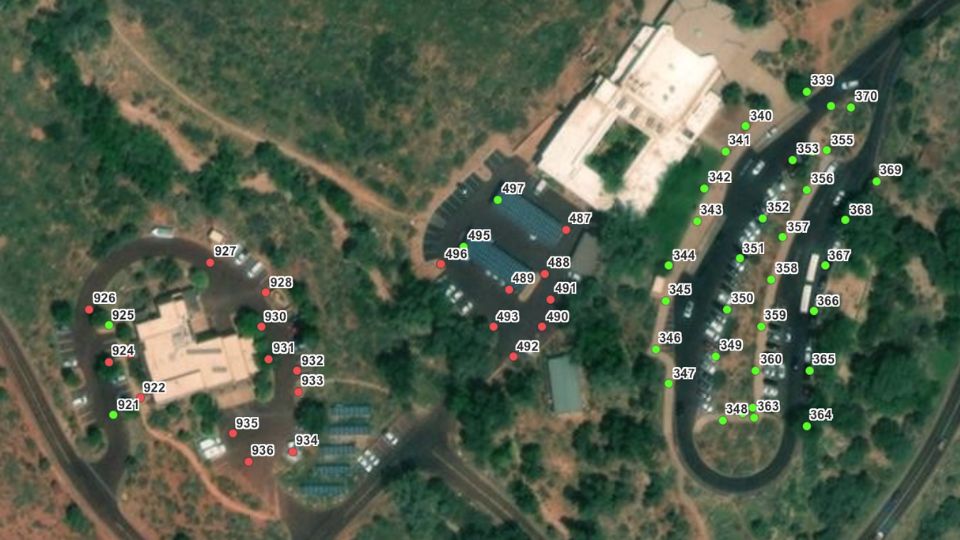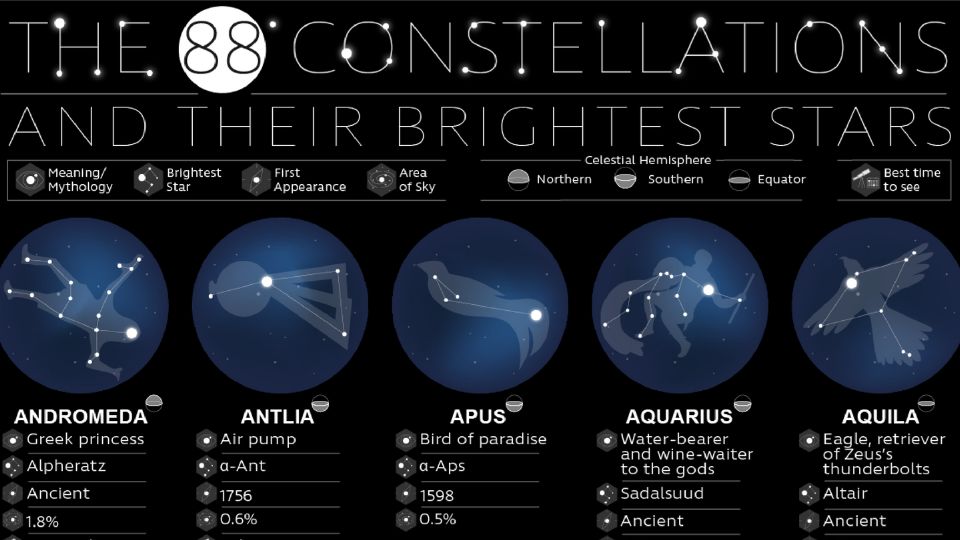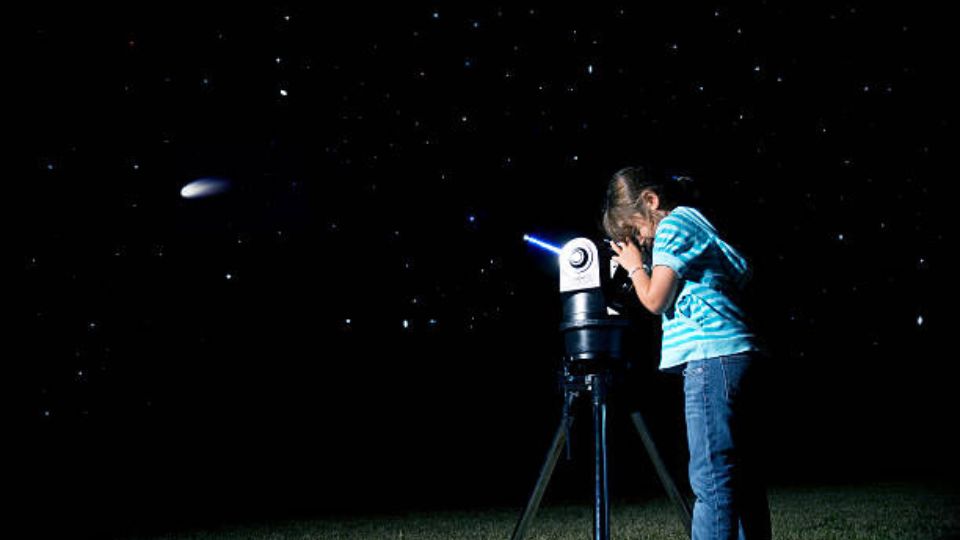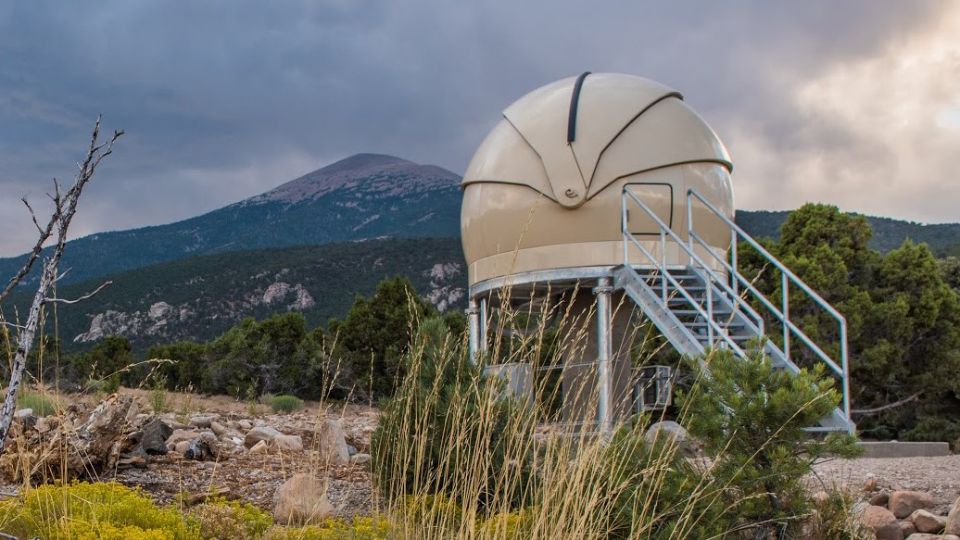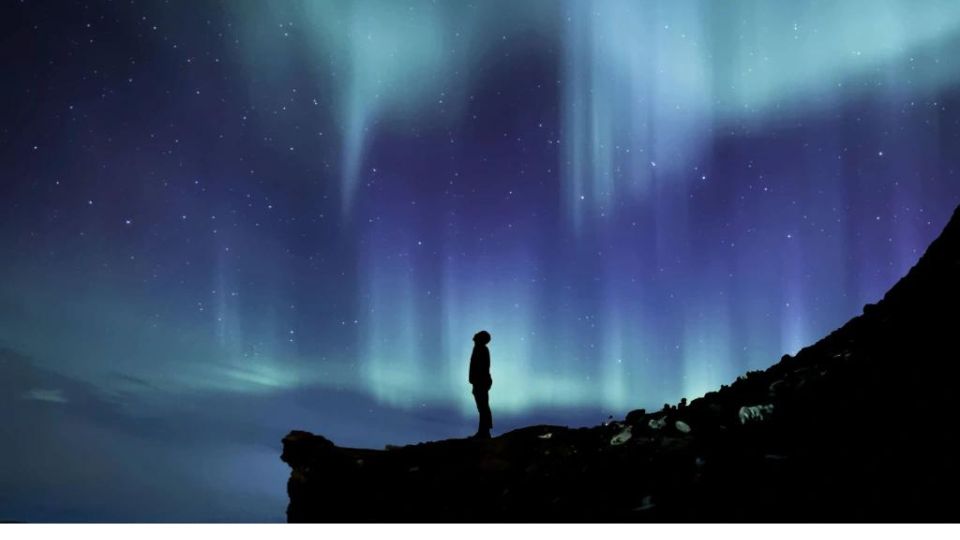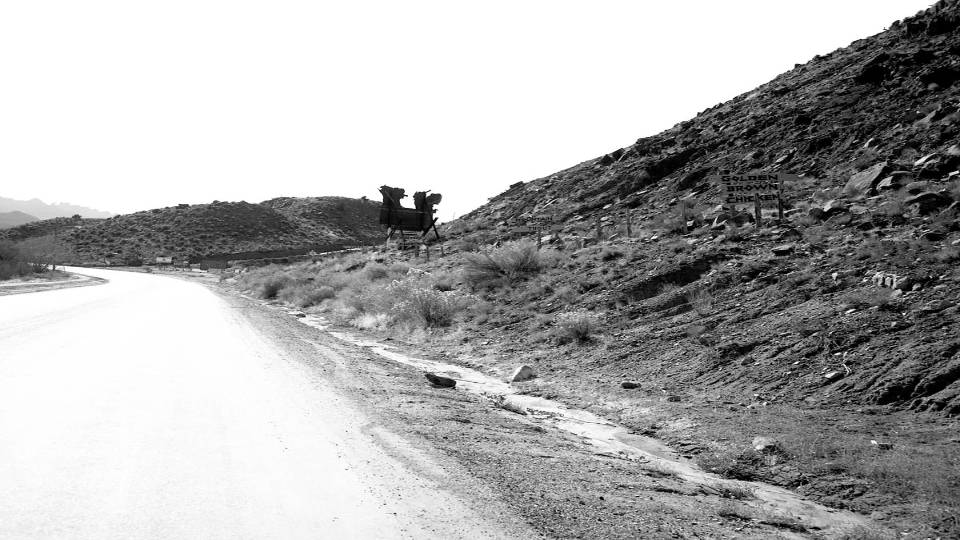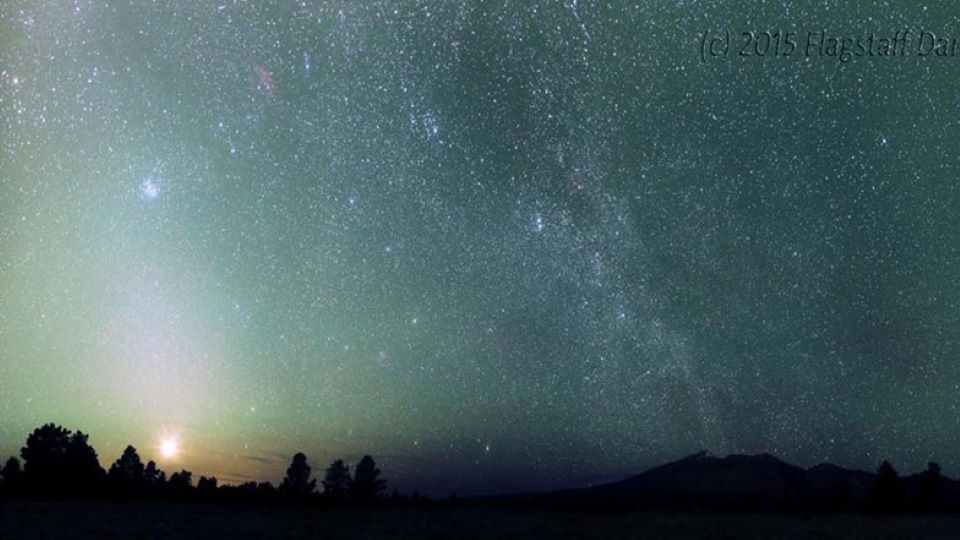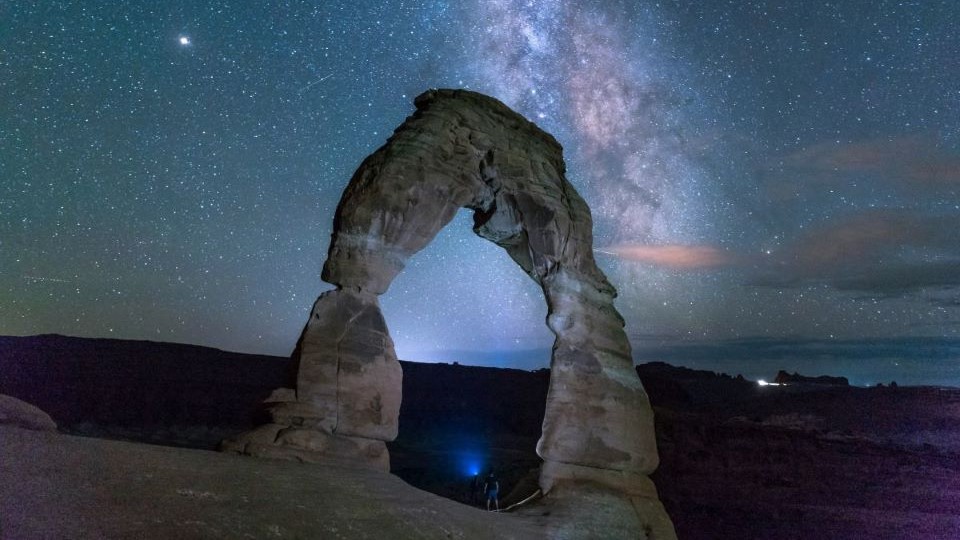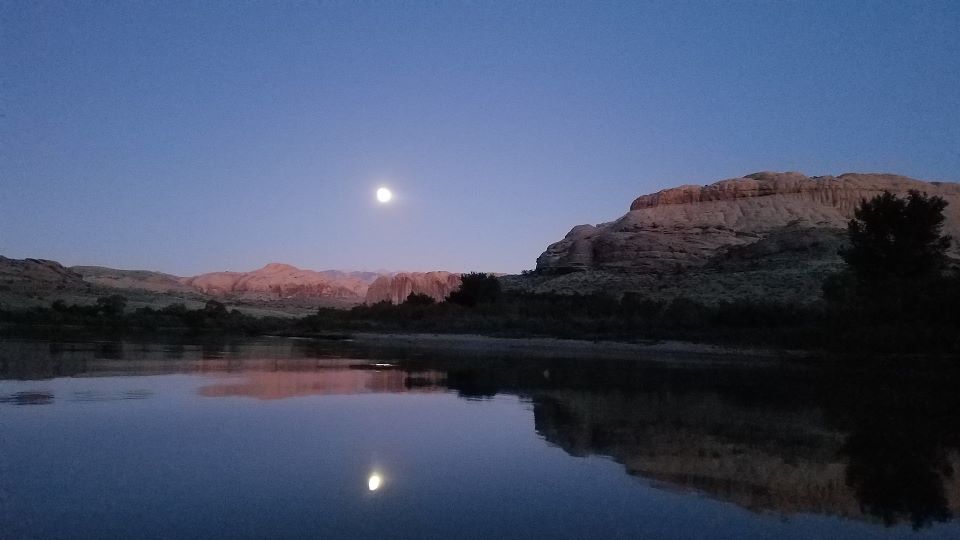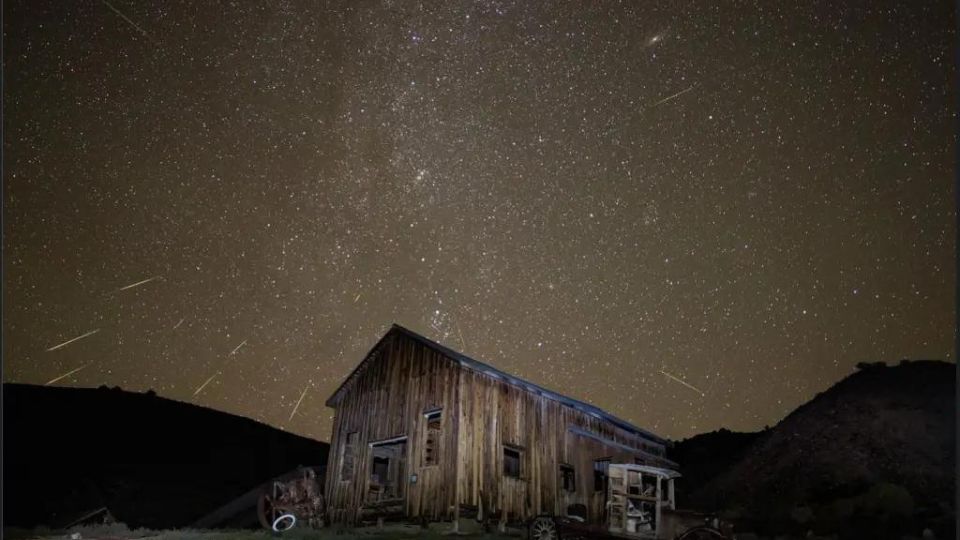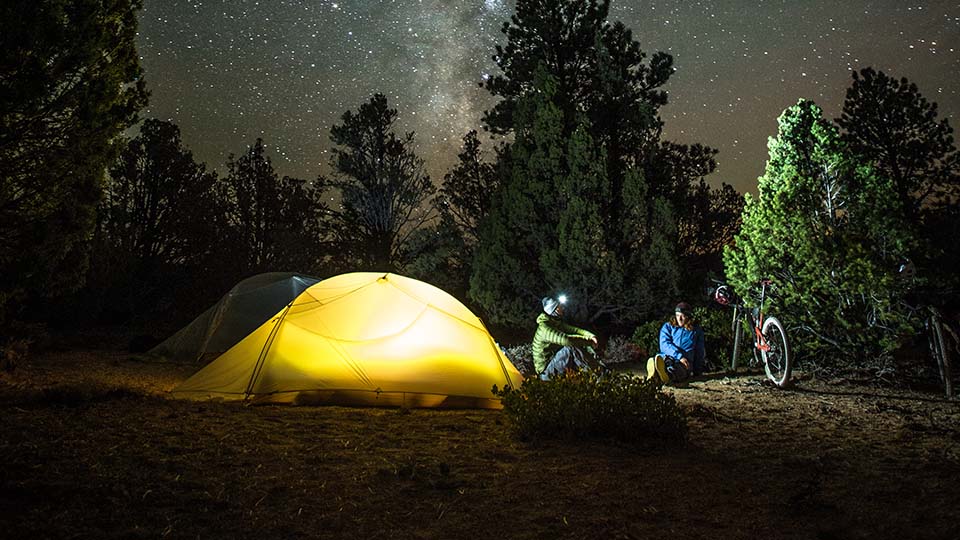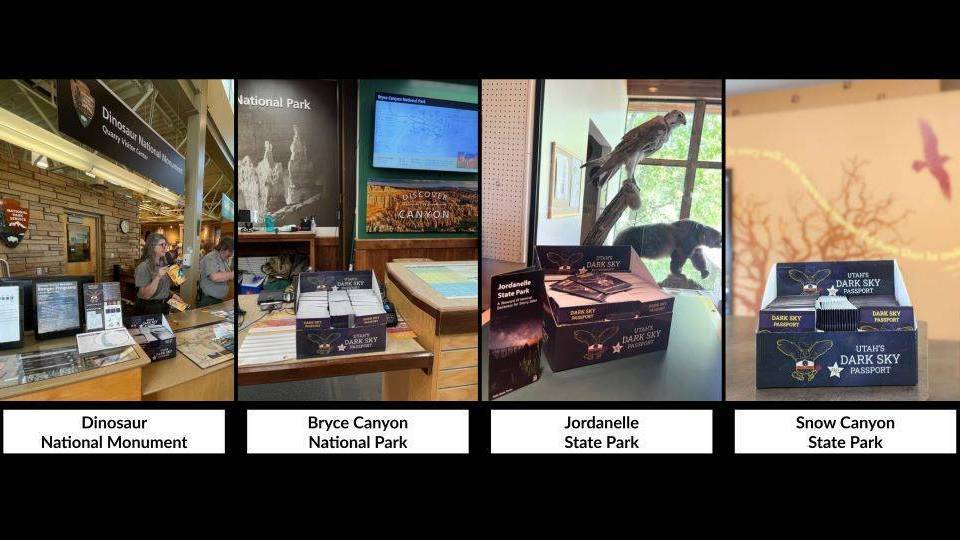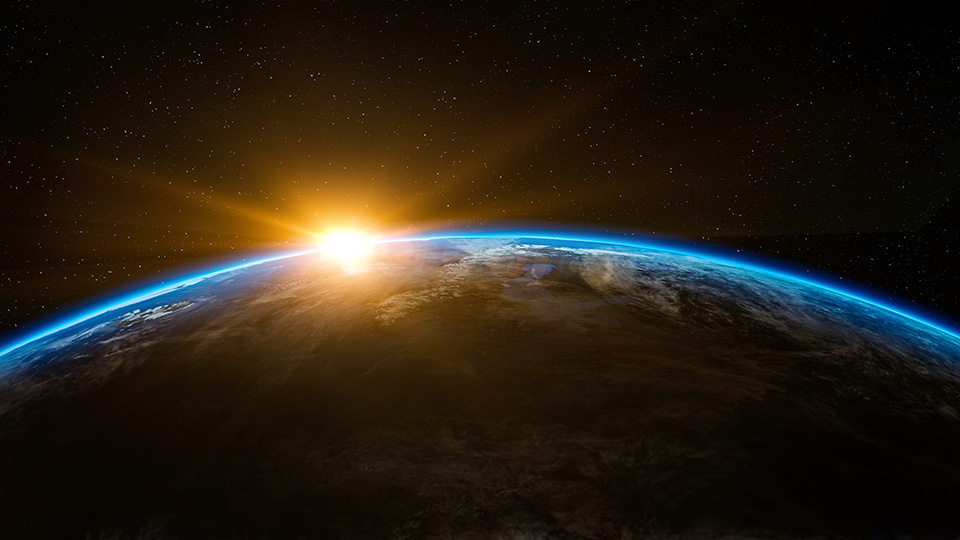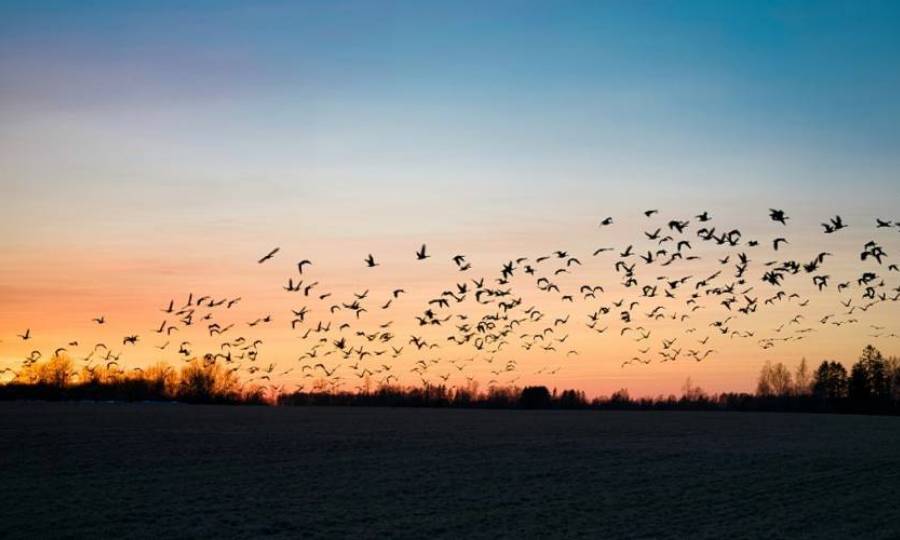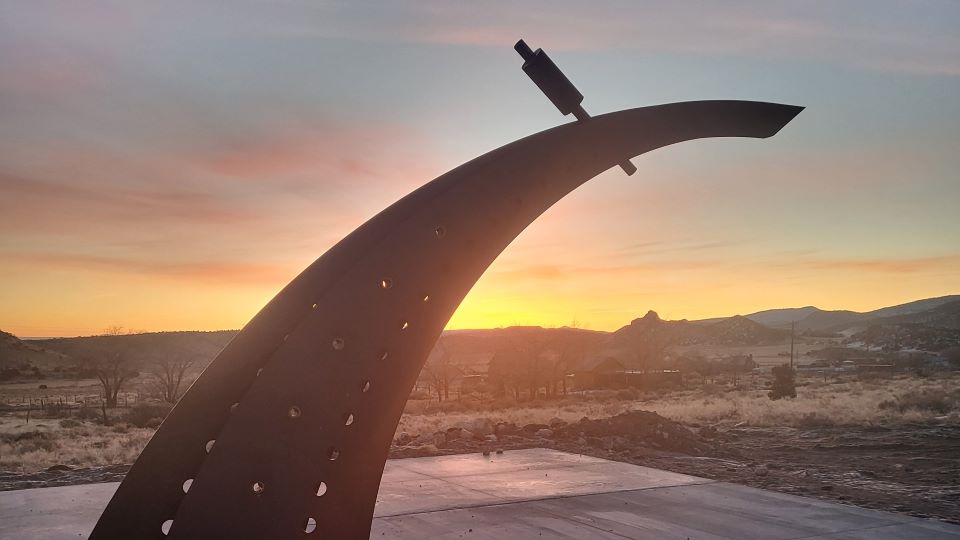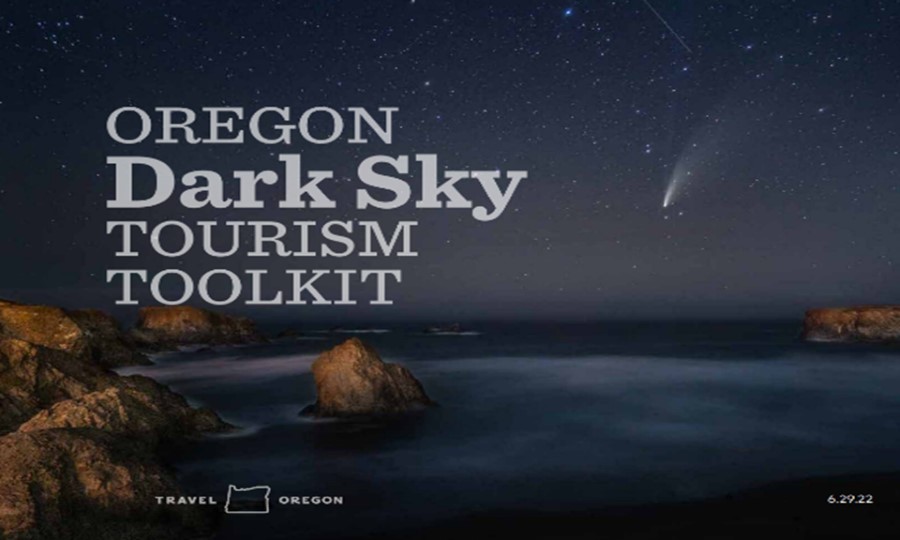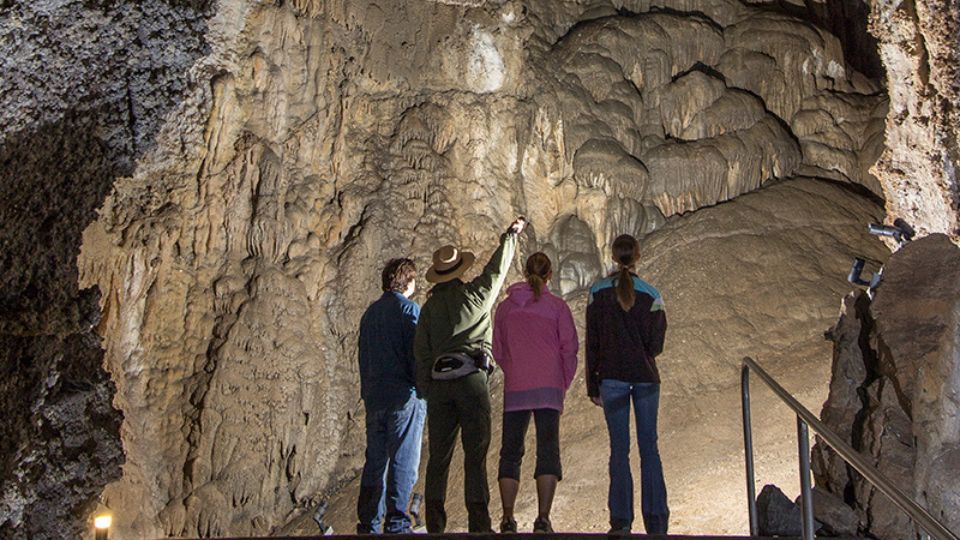A Career Observing Nature
Dan Duriscoe, Retired US DOI National Park Service Physical Scientist and current Senior Scientist at Night Sky Metrics LLC

Studying the details of the natural landscape and night sky
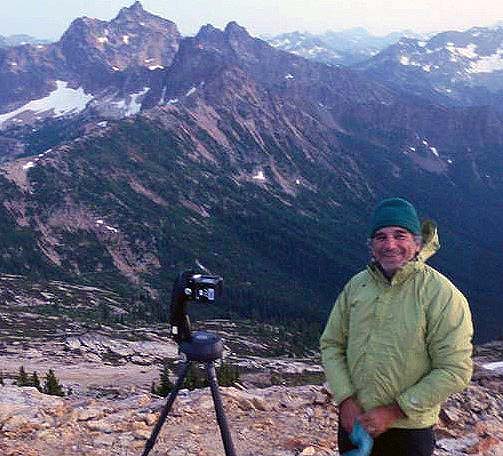
Astronomy has been a part of my life since I can remember. Observing the planets and bright deep sky objects from my back yard while growing up, I learned the theories and methods of the oldest of the sciences. My family lived for summer vacations when we would travel to many western National Parks and Monuments. Studying the details of the natural landscape and the night sky, and the processes of their formation, became my principal focus of interest.
Shorter and more frequent junkets to the southern and eastern California deserts for dark sky observing dotted my teenage and college years, including some astrophotography with Kodak’s venerable Tri-X film. After obtaining a Masters Degree in Physical Geography and a brief stint in the oil fields as a geologic technician, I started my long career with the National Park Service.
Monitoring the effects of fire in the beautiful forests of Sequoia and Kings Canyon National Parks was my initial task that eventually led to population-wide surveys of the effects of air pollution and white pine blister rust on various species of Sierra Nevada pines. I walked the backcountry for almost two decades seeking out the natural pine stands that had evolved for millennia – enduring fires, floods, and droughts. Now their dynamics and even survival were being impacted by the actions of the human species as the environmental consequences of the Anthropocene took hold. In the course of this work, I met a cadre of backcountry Rangers, including the 40+ year veteran Dario Malengo, who would strongly influence my values and philosophy. The concept of the Wilderness as our ancestral home, and the exceedingly fragile nature of this concept, was obvious at every turn in the trail, with every pine needle I examined. Without a wild place to experience firsthand, including the view of the Universe under the natural night sky, humans would surely go crazy.
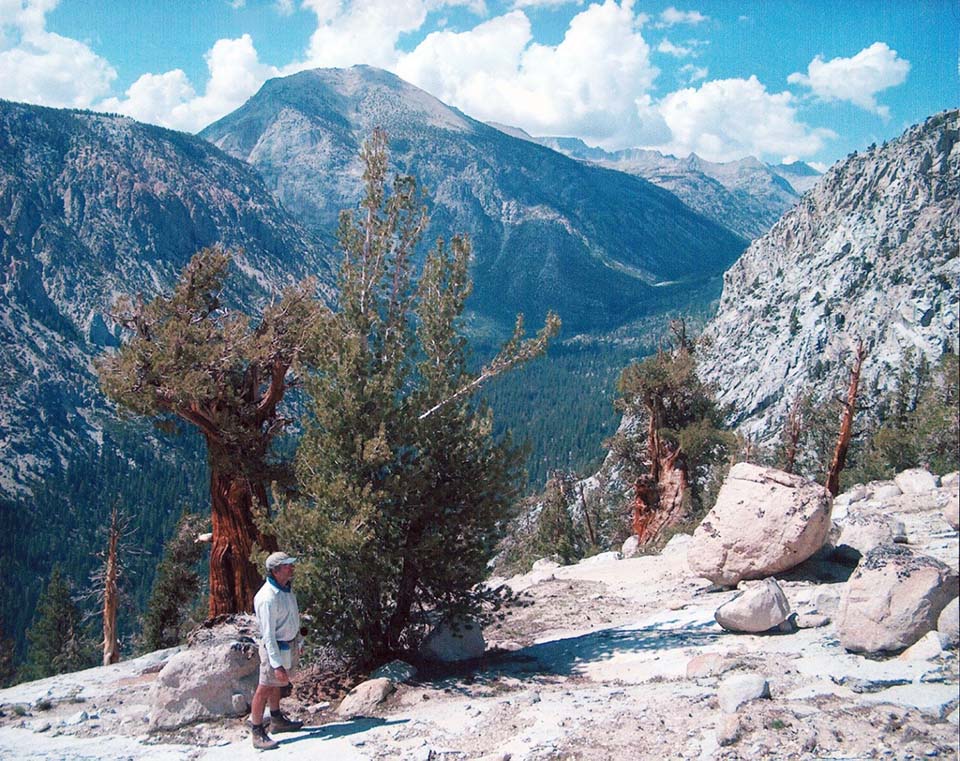
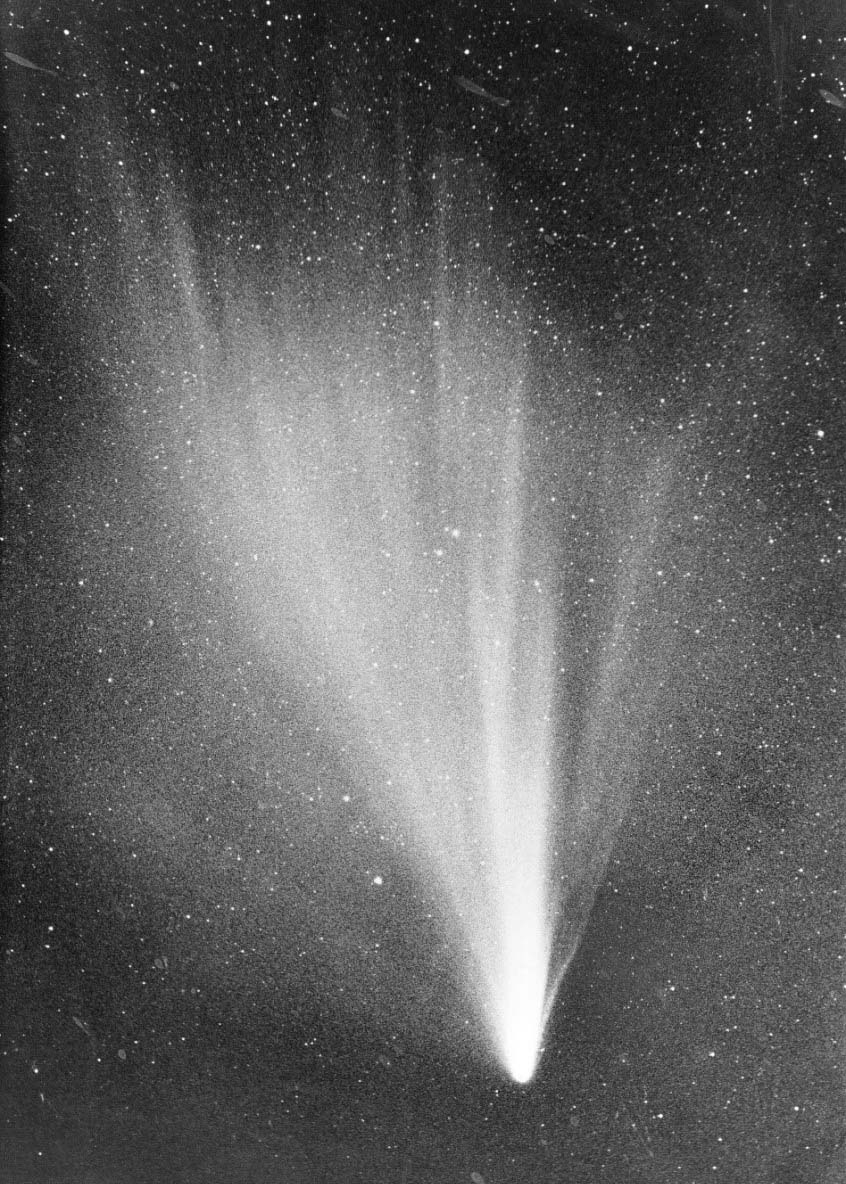
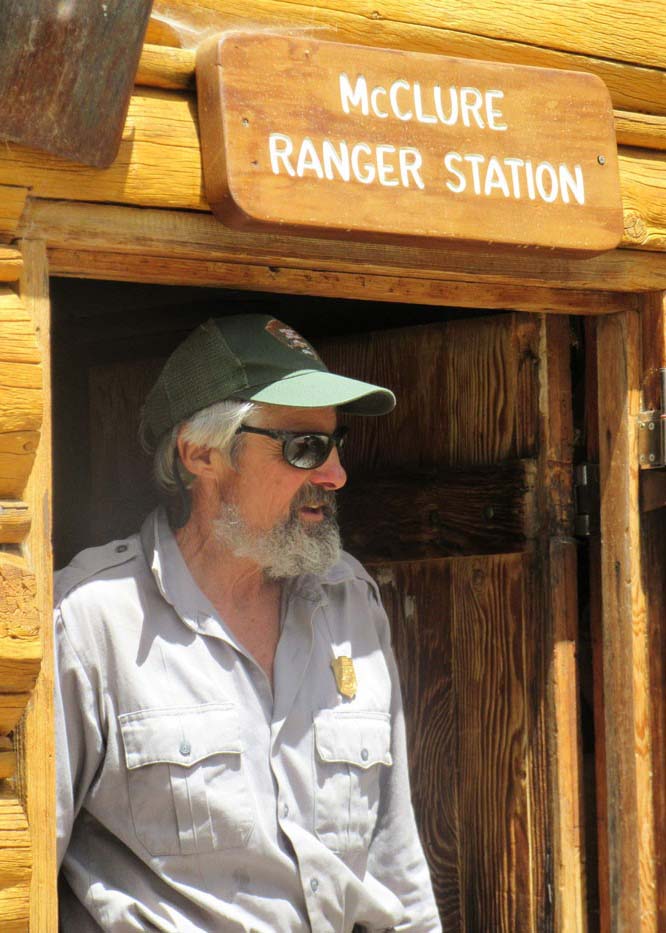
Documenting darkness
In the late 1990s I met Chad Moore, whose vision for the Park Service as a champion for night sky protection would ultimately be realized in official NPS policy. As a team we created, built, and executed a program of light pollution monitoring in parks that was accepted by the scientific community. The technical part of the work was greatly enhanced by a collaboration with Christian Luginbuhl at U.S. Naval Observatory, and other astronomers we would confer with at International Dark Sky Association meetings. My geographic scope broadened even more as I traveled to many wilderness parks with my photometric camera. In a kind of fatalistic admission, early on we realized we were documenting the last of the pristine night skies left in the world.
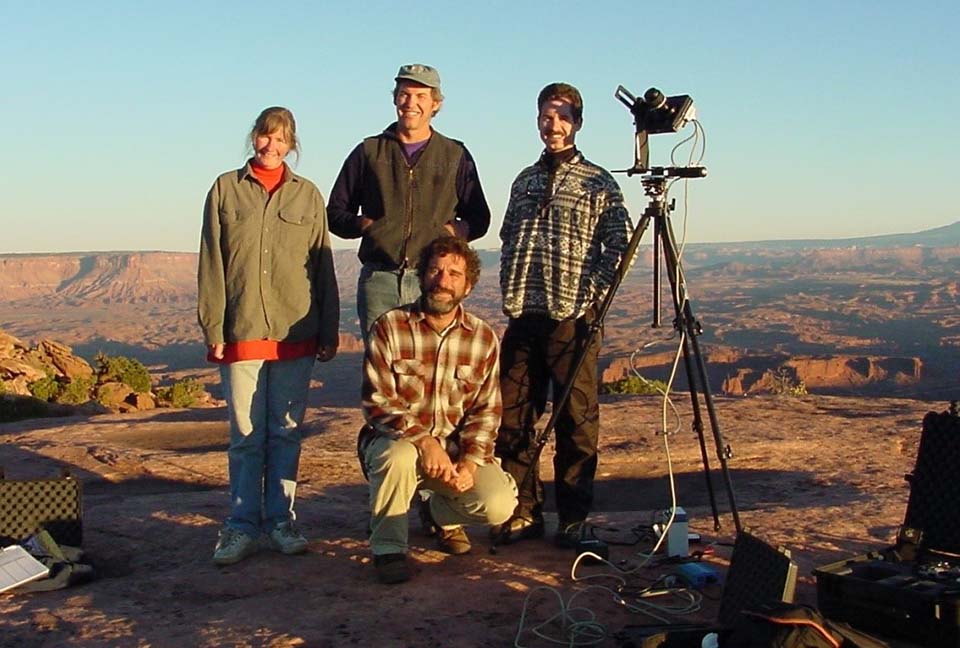
We focused on the darkest areas initially, and the Colorado Plateau Dark Sky Cooperative was hatched. Chad is also credited as the originator of International Dark Sky Parks; I still remember vividly our first data from Natural Bridges National Monument, a Bortle Class 1 sky at the time. The program has raised awareness and induced pride in a scarce resource that had been ignored or taken for granted for too long.
In the past decade, I focused on getting the methods and results of our work documented in peer reviewed journals. In 2016, the year of my retirement, I received a National award from the NPS for contributions to Natural Resources Research. Chad also left the NPS a little before I did, but others, including Ashley Pipkin, have taken up the program which is now a permanent part of the budget, under the Natural Sounds and Night Skies Division. It is gratifying to see my efforts contributing to lasting value.
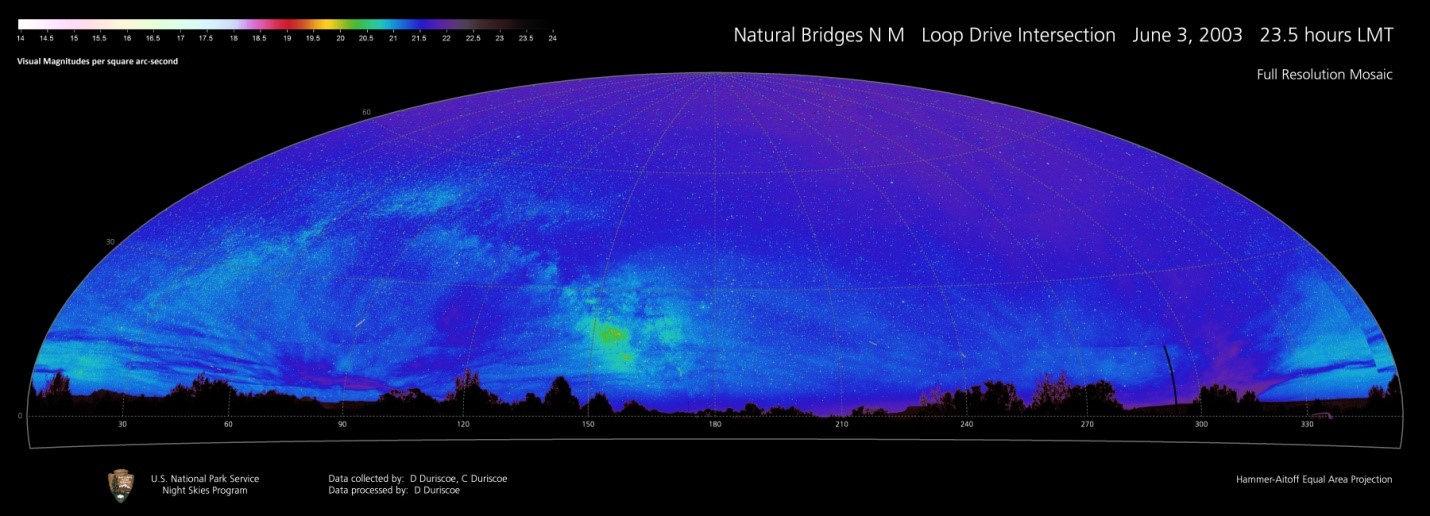
From microscopic to the grandest possible documenting darkness
One of the most memorable events I can recall from those days included introducing John Dobson at the Death Valley auditorium, where over 150 visitors had gathered to hear him speak in 2004. He talked about the origins of life on earth coming from the Cosmos; the elements in our bodies were created in a supernova sometime in the distant past, the whole Universe originating in the proto-matter of the Big Bang. Physical and biological systems evolve on scales from microscopic to the grandest possible. What appears to make humans unique is our ability to realize these facts and concepts, and somehow they strike a chord in our souls. Contemplating Dobson’s message, in a relaxed and thoughtful way, is best practiced under the pristine night sky.

Yet, lest we take ourselves too seriously it is instructive to recall a sentence from Ed Abbey’s Desert Solitaire: “Men come and go, cities rise and fall, whole civilizations appear and disappear – the earth remains, slightly modified.” There is heart-breaking beauty everywhere in Nature, just enjoy it for the brief time we are allotted on this “pale blue dot.”
The need for environmental monitoring
Accurate and systematic measurements of indicators of environmental quality form the touchstone of establishing and implementing policy, guidelines, and regulations. In this manner society may agree to prevent or reverse unwanted impacts. Without monitoring information, decisions may be based upon qualitative judgments or no information at all.
The influence of light pollution on biological systems across the world is now well documented and is of increasing concern to both scientists and the general public. This is prompting governments and industry to initiate measurement and monitoring efforts to evaluate and mitigate the environmental impacts of light pollution.
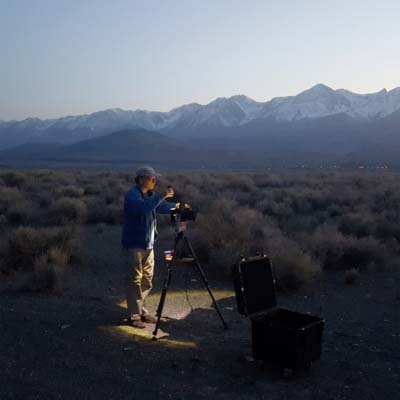
Night Sky Metrics LLC
Night Sky Metrics LLC (https://nightskymetrics.com/) was established in 2019 by Dan Duriscoe and Simon Balm to provide professional services in the ground-based measurement of artificial light at night, including custom instrumentation, design of monitoring programs, data analysis, and modeling. Our clients include professional observatories, environmental consulting firms, government agencies, and the outdoor lighting industry.
Download a high quality pdf version of this article
Related Articles


